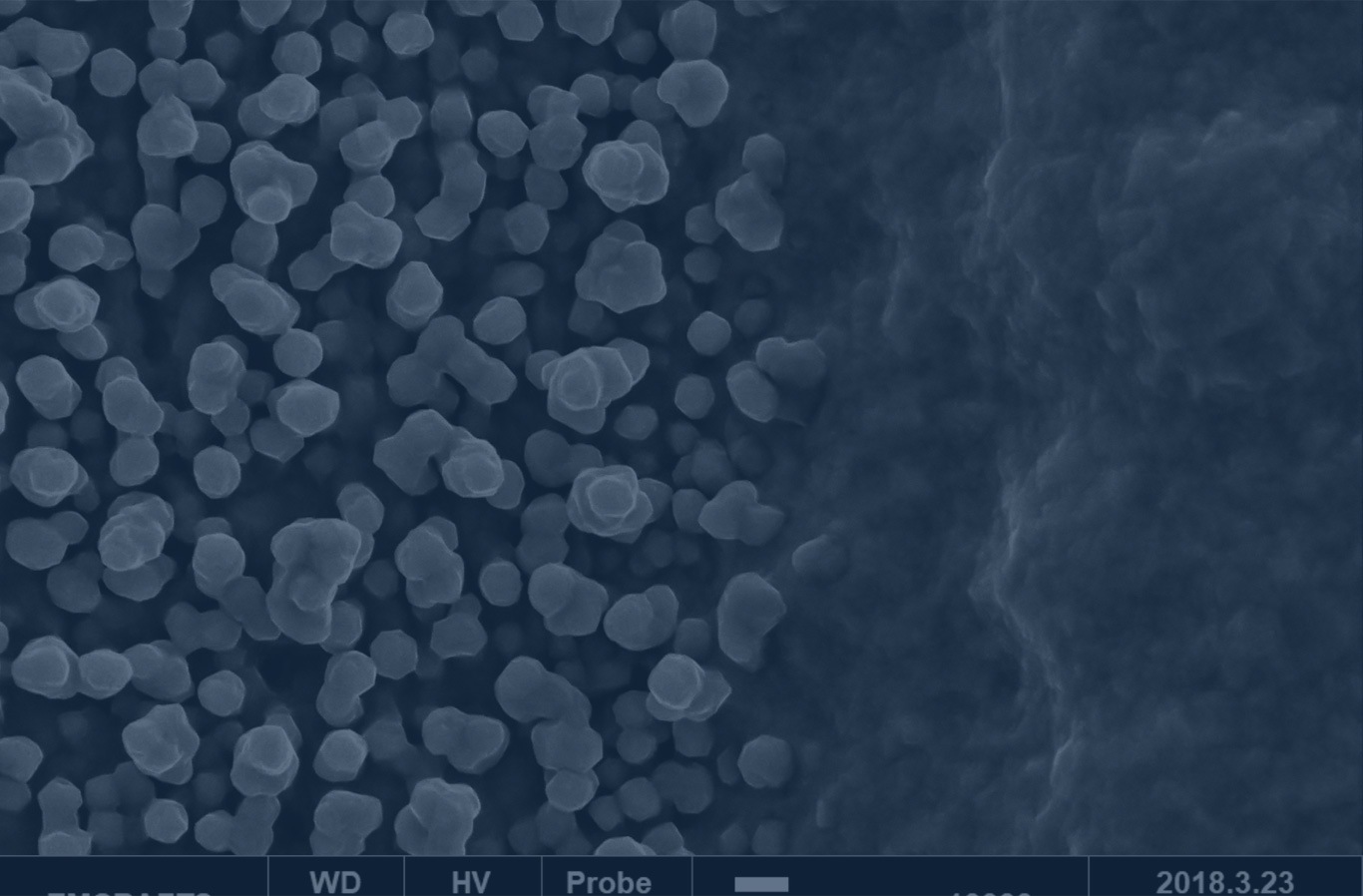Just like the conventional compound microscope before it, the scanning electron microscope (SEM) is an extremely versatile instrument that enables researchers to rapidly and cost-effectively obtain high-resolution images from various sample types. However, light-based microscopy offered maximum magnifications in the region of x1500, whereas SEMs drill down to the nanoscale with potential magnifications approaching two million times. The sheer power and precision of SEM microscopy, coupled with its wide-ranging sample compatibility, makes it a staple system for research laboratories in various fields.
In a recent article, we outlined three practical SEM applications, exploring how users in various professions apply SEM data to their work. This week we intend to focus on the scientific uses of SEM – by which we mean the transformative research carried out by environmental, material, and medical scientists around the world.
SEM Applications in Materials Science
Sub-microscale imaging proved to be a truly enabling technology for materials scientists around the world, enabling them to visualize nanoscale compositional variations and topographical surface features of a near-limitless range of sample types. The benefits for quality assurance and control (QA/QC) were self-evident, but when coupled with a physical probe, SEM platforms allowed researchers to not only visualize nanostructures but to control and manipulate them in situ.
Some of the most cutting-edge SEM applications are linked inextricably to some of the greatest material breakthroughs in recent memory, notably the incremental increase of interest into nanofibers, nanotubes, and nanowires.
Environmental Research with SEM
SEMs likewise added enormous microanalytical value for geologists and environmental scientists conducting a range of mineralogical research studies. In soil science, SEM applications primarily center around the micro-morphological analysis of fine-dispersed soils with a range of downstream objectives, from agricultural viability assessments to coastal monitoring.
Nanoscale textural analysis of rock samples via SEM can also provide valuable insights into fluid-rock interactions while also offering enhanced visual information for mineral identification. Each of these individual SEM applications is important for various areas of environmental screening and ongoing monitoring of biospheres across our planet.
SEM Applications in Medical Research
We touched upon some of the many biomedical SEM applications in our previous article, focussing on the diligent work carried out by epidemiologists and vaccine specialists looking to characterize new viruses and develop effective treatments. Given the current ongoing COVID-19 crisis, that certainly qualifies as a practical application of scanning electron microscopy – but it remains a critical research tool for other areas of medical research outside of the media spotlight.
SEM has inherent value in diagnostics and treatment efficacy testing and biopsy diagnosis for various infectious/renal diseases, tumor types, and storage disorders by obtaining high-resolution imagery of tissue samples. Pathology could in fact be described as one of the primary beneficiaries of SEM microscopy to date.
EOI: More SEM Applications
At Electron Optics Instruments (EOI), we provide SEM systems for a wide range of application areas. Read our recent article for a deeper insight into the uses of SEM in art, biological sciences, and forensics. Or, contact a member of the EOI team today if you would like more information about the SEM applications that we will readily service.

